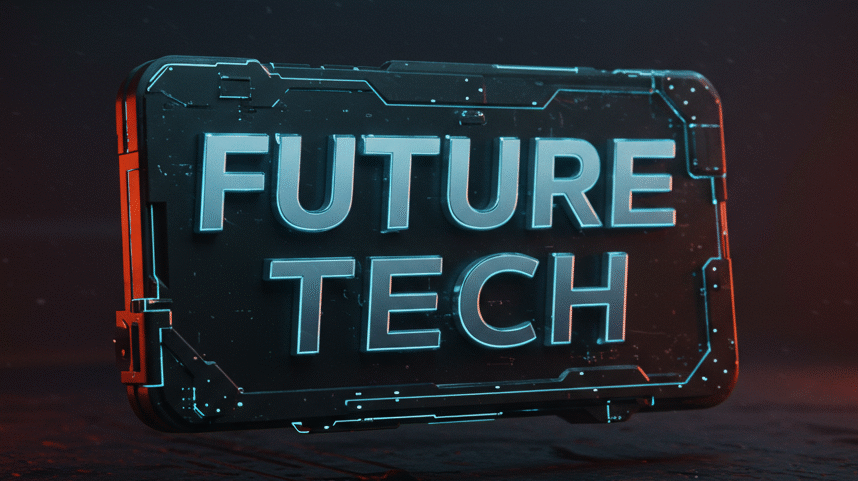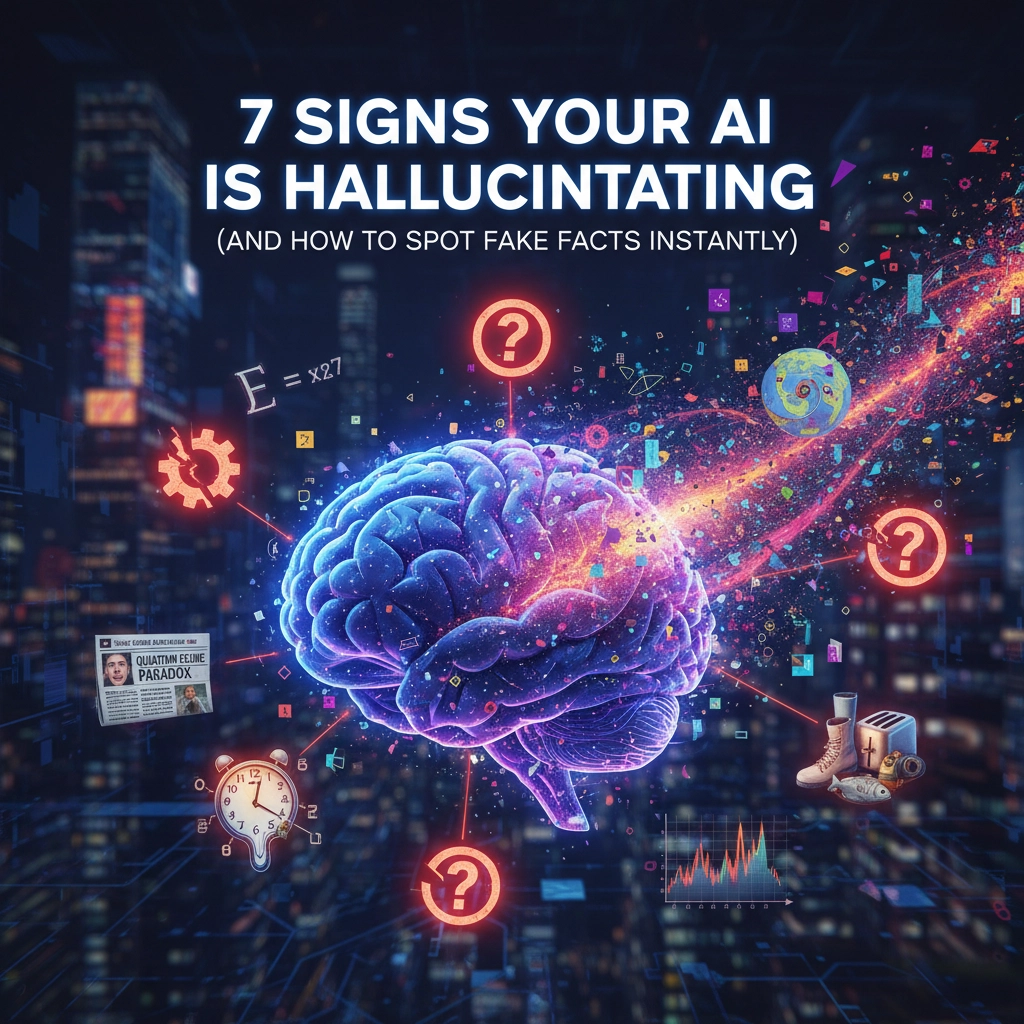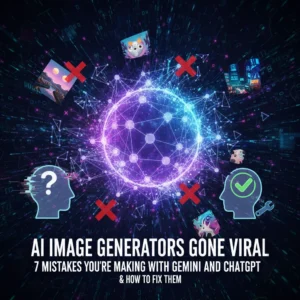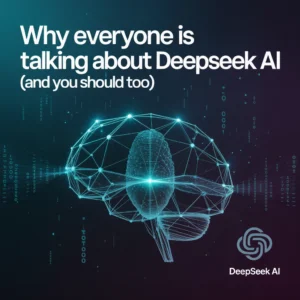Ever asked ChatGPT for help with research and gotten an answer so confident, so detailed, that you didn't think to question it? Here's the thing: that perfectly formatted response might be complete nonsense.
AI hallucinations aren't some sci-fi concept: they're happening right now, every day, to millions of users who trust their AI assistants a little too much. And the scary part? These fake facts often sound more convincing than the real ones.
What Are AI Hallucinations Really?
Think of AI hallucinations as your chatbot's version of confidently telling you the wrong directions while sounding like a GPS. These systems generate responses that appear factual and authoritative but contain false or misleading information presented as absolute truth.
The problem isn't that AI occasionally gets things wrong: it's that it gets things wrong while maintaining the same confident tone it uses for correct information. There's no "I'm not sure about this" disclaimer. No hesitation. Just pure, confident wrongness.
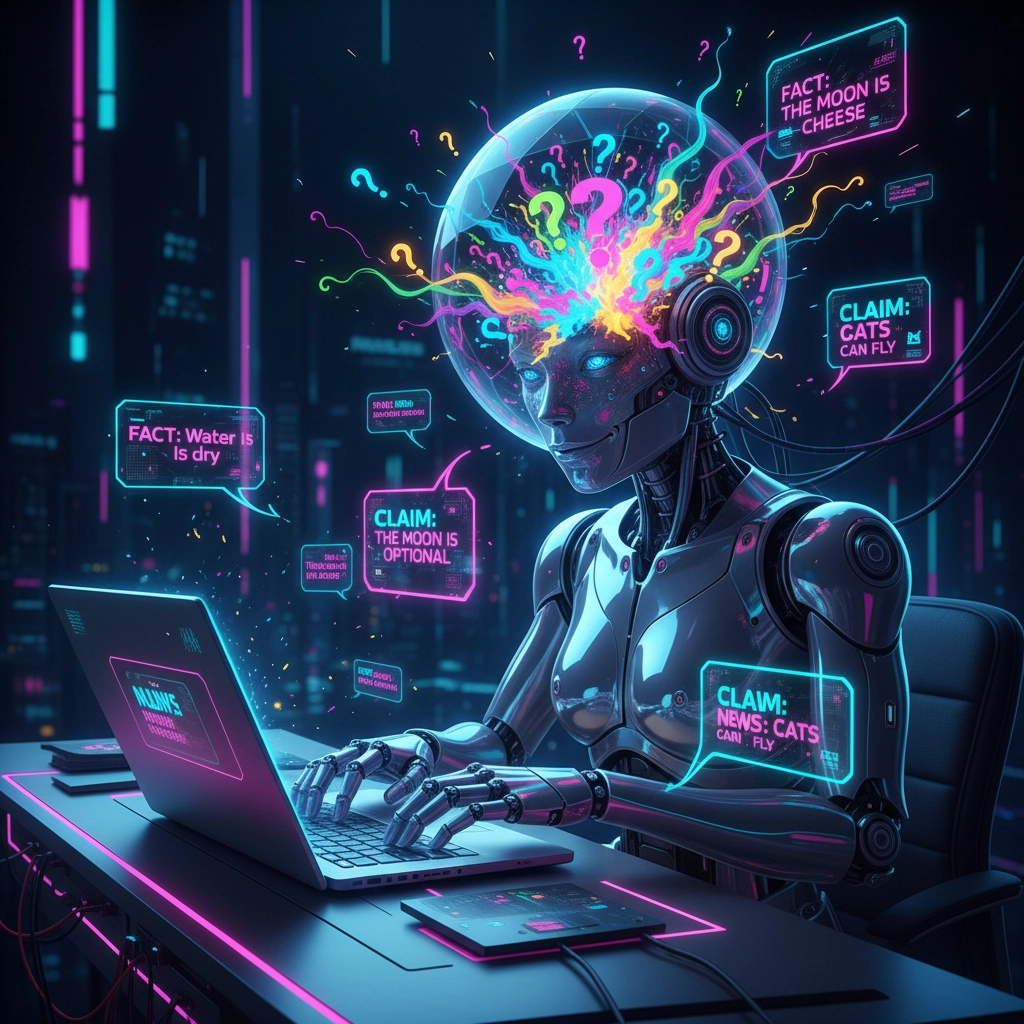
Large language models work by predicting the next most likely word in a sequence, not by actually understanding facts or checking databases. They're essentially very sophisticated autocomplete systems that have read most of the internet. Sometimes they autocomplete their way into fantasy land.
The 7 Warning Signs You Need to Know
1. The "Phantom Reference" Problem
Your AI suddenly cites specific studies, books, or articles that sound legitimate but don't actually exist. "According to a 2022 study by Harvard Medical School…" followed by completely fabricated research. Always Google those citations.
2. Information That Wasn't There Before
The AI adds details, statistics, or explanations that aren't in your original prompt or any source material you provided. It's filling in gaps with educated guesses: except sometimes those guesses are way off.
3. The "As I Mentioned Earlier" Trick
Watch for phrases like "as stated above" or "as previously discussed" when nothing was actually mentioned before. The AI is creating false authority by referencing conversations that never happened.
4. Contradicting Basic Facts
The AI confidently states information that contradicts well-known facts or even contradicts something it said moments earlier. Consistency isn't guaranteed across responses.
5. Overly Specific Without Context
When asked about obscure topics, the AI provides incredibly detailed, specific answers despite having no real source to draw from. Real expertise usually comes with caveats and acknowledgments of uncertainty.
6. Word Salad Responses
Sometimes the AI produces outputs that sound sophisticated but are actually nonsensical when you read them carefully. Technical-sounding gibberish that means nothing.
7. Deflection When Challenged
Ask the AI to verify its claims, and it might deflect, provide circular reasoning, or acknowledge errors while continuing to repeat the same wrong information.

How to Fact-Check AI Instantly
Here's your defense strategy against AI hallucinations:
The 30-Second Cross-Check
Copy key claims and paste them into Google. Real facts will have multiple sources confirming them. Fake facts will either have zero results or only show up in AI-generated content.
Use the "Show Me" Test
Ask your AI to provide specific sources for any important claims. Can't provide a real link or citation? Red flag. Even better: ask it to quote directly from the source.
Deploy Multiple AI Systems
Cross-reference the same question across different AI platforms. ChatGPT, Claude, Gemini: they all have different training data and will hallucinate differently. If they all agree, you're probably in good shape.
• Wikipedia Verification: Check claims against Wikipedia first: it's usually accurate and cites sources
• Academic Database Search: Use Google Scholar or PubMed for any research-related claims
• Recent News Check: For current events, verify against multiple news sources from the same time period
• Reverse Image Search: For any images or visual claims, use reverse image search tools
The RAG Approach (For Advanced Users)
If you're using AI for professional work, consider Retrieval-Augmented Generation tools. These ground AI responses in actual documents before generating answers, dramatically reducing hallucination rates.
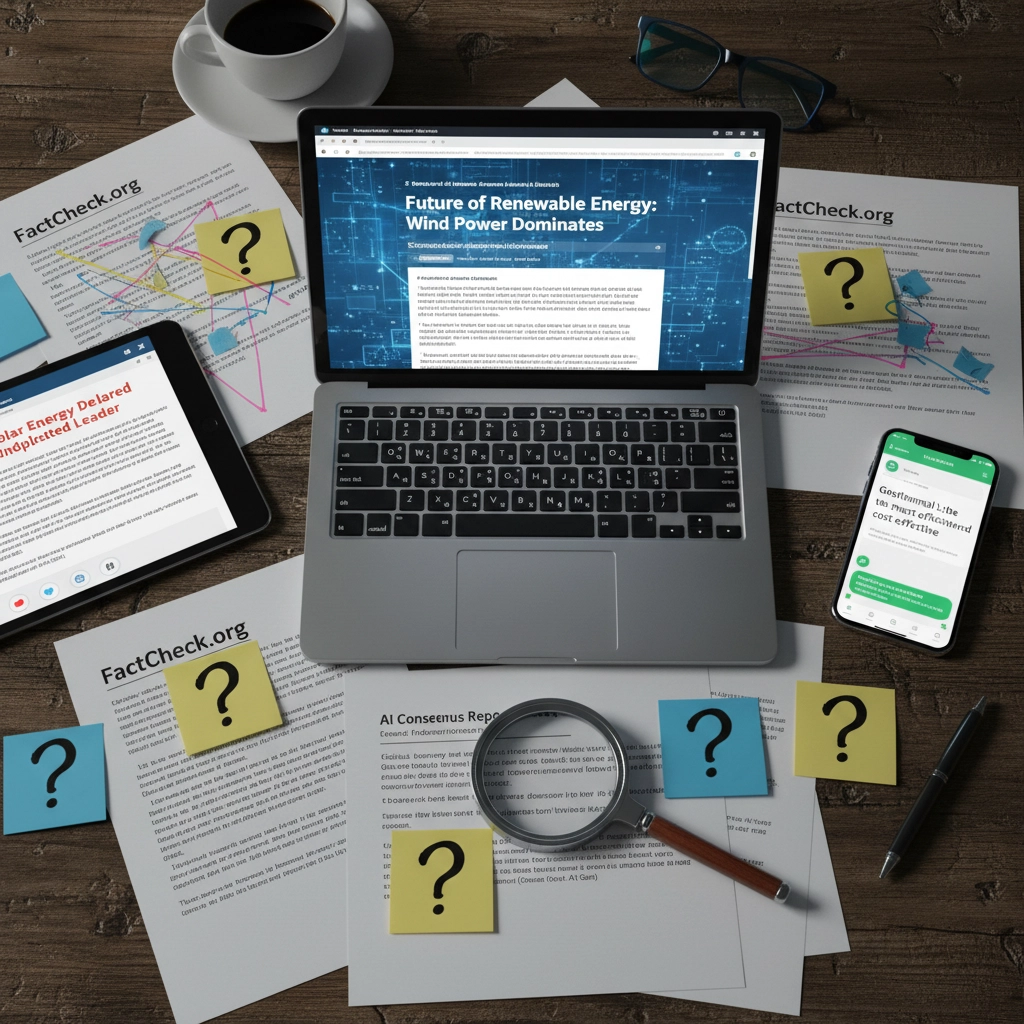
Why This Matters More Than You Think
Last year, a lawyer in New York got into serious trouble for submitting court documents that cited completely fabricated legal cases: all generated by ChatGPT. The cases sounded real, had proper legal formatting, even included fictional judges' names. The lawyer trusted his AI assistant and didn't verify the information. The result? Sanctions, embarrassment, and a cautionary tale that made headlines worldwide.
But it's not just lawyers getting burned. Students are submitting essays with fake research. Journalists are publishing articles with invented quotes. Medical professionals are seeing AI-generated summaries that take experts an average of 92 minutes to properly fact-check.
The consequences scale with the stakes. Get an AI hallucination about the best pizza toppings? No big deal. Get one about medical advice, legal precedent, or financial information? That's a problem.
What makes this especially tricky is that AI hallucinations often contain just enough real information to seem credible. They might get the basic framework right but fill in crucial details incorrectly. It's like getting directions that are 90% accurate but send you into a lake for the final turn.
The technology is improving rapidly, but hallucinations aren't going away completely anytime soon. They're a fundamental feature of how these systems work, not a bug that can be easily fixed. Understanding this helps you stay appropriately skeptical while still benefiting from AI's genuine capabilities.
The key is learning to use AI as a starting point for research, not the endpoint. Think of it as a very knowledgeable friend who occasionally gets excited and makes stuff up. Helpful? Absolutely. Infallible? Not even close.
Are you checking the sources when your AI gives you information that seems too good to be true?
